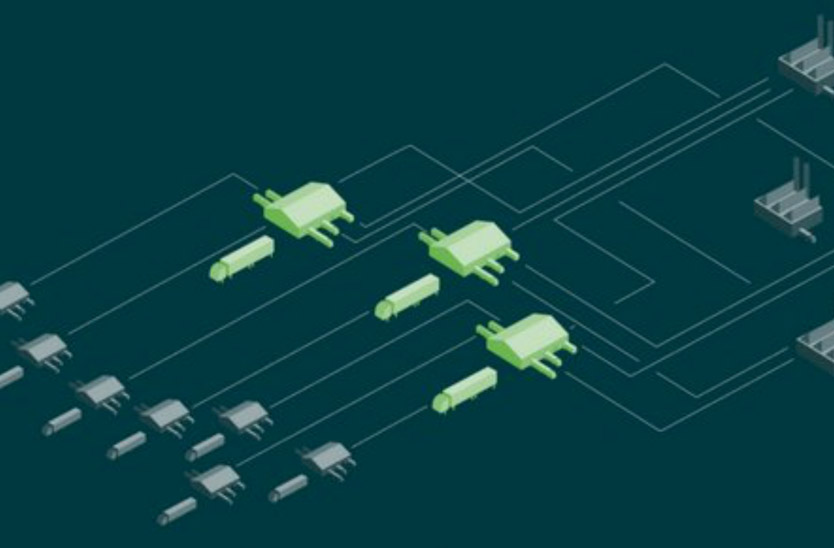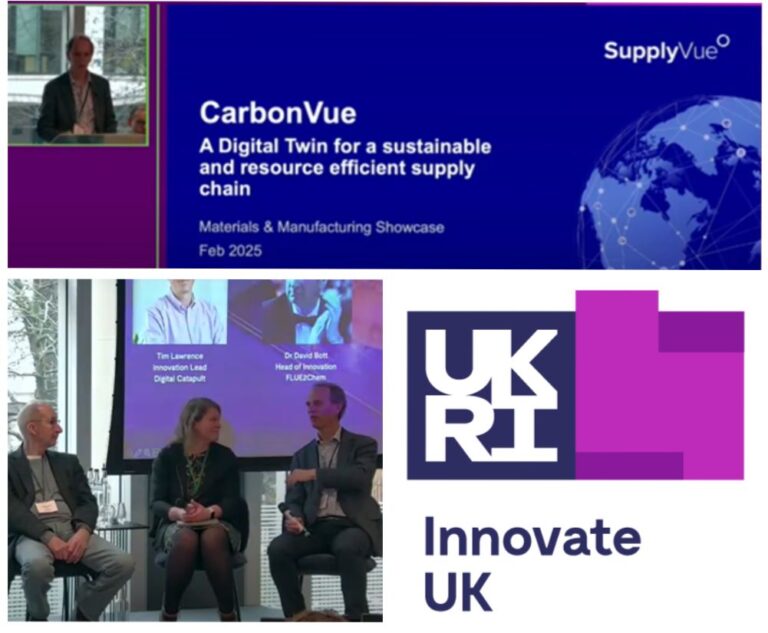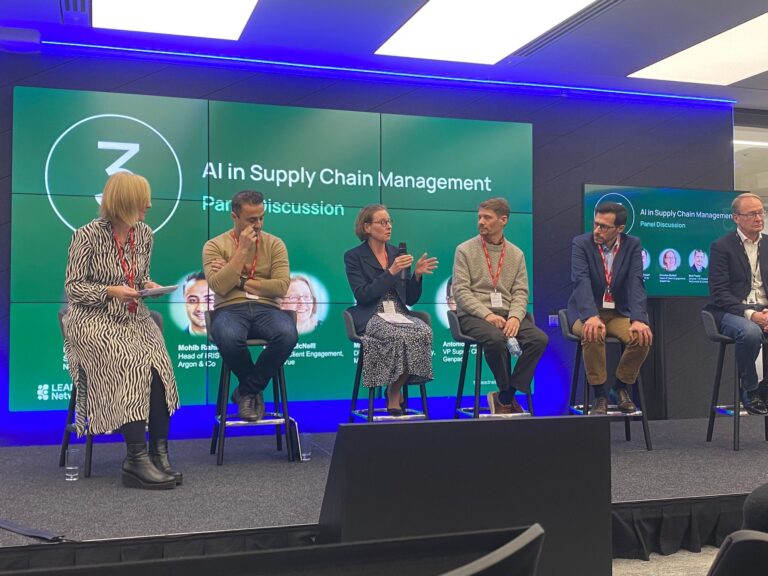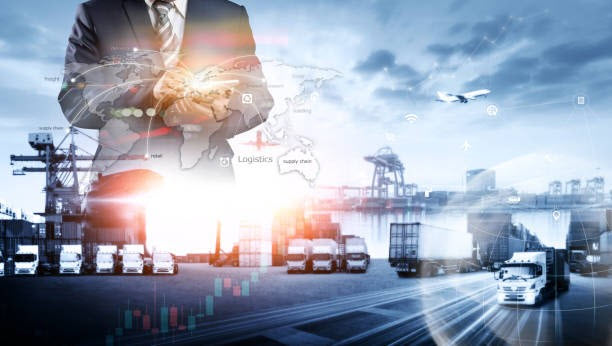The challenge to net zero
Most companies face significant challenges to deliver their contribution towards net zero. Companies in the consumer-facing sectors, often have extended end-to-end supply chains involving many different parties. Total emissions from these extended supply chains are much higher than those generated by their own operations, and yet decisions by individual components of these supply chains can drive up emissions across the entire network. Conversely through collaboration and adopting a net zero supply chain philosophy and practice, companies can amplify the impact of their climate efforts, enable emission reductions in hard-to-abate sectors, and accelerate climate action in countries where it would otherwise not be high on the agenda.
There are many ways companies can reduce their emissions including the way they plan and operate manufacturing processes across the supply chain network. One crucial additional lever that can be pulled is to improve efficiency, reduce waste, and eliminate excess in the form of stock or time buffers that exist between the different pieces in the supply chain.
Reducing waste and emissions
Optimising the flow of goods and synchronising information across the supply chain can reduce inventories, improve machine utilisation rates, lower costs and as a consequence reduce emissions.
The technologies to support the optmisation of flow have thus far been weak. Most companies use ‘Enterprise Resource Planning (ERP)’ solutions which control the transactions in the supply chain (for example customer orders, warehouse picking, supply side replenishment). However, these solutions optimise within their own silo of operations and do not have the capability to look across the total supply chain. Also, not all the required data sits within ERP solutions, it may be within a planning system or for many organisations on multiple excel spreadsheets. The net result of this is that many companies cannot optimise their supply chains to reduce inventory and cost – let alone optimising to reduce emissions.
SupplyVue Digital twin
Five years ago, SupplyVue had a vision that supply chains could radically improve their performance by adopting the principles of information synchronisation and smooth flow of goods. We leveraged emerging technology with leading supply chain practice to build a digital twin of the end-to-end Supply Chain. Applying machine learning algorithms to the digital twin allows businesses to optimise the flow and deploy best practice synchronisation principles. The twin resides on a Microsoft Cloud and ‘imports’ data from the different applications within an organisation (be they structured ERP’s or Excel spreadsheets). The SupplyVue Digital Twin identifies the optimum way in which a supply chain should be set up and planned and then smooths the demand signal placed on the various parts of the underlying operation. This delivers a more stable and predictive way of working that can be optimised using the digital twin scenario and modelling capabilities. Through eliminating buffers, Supply Chain’s deliver better customer service, with lower inventories at higher levels of efficiency. Furthermore, the digital twin can be extended across multiple entities, thereby delivering the benefits of information synchronisation and smooth even flow to all partners within an extended supply chain network.
CarbonVue collaboration
In 2020, SupplyVue was awarded a UK Innovate grant to leverage the digital twin to address the challenge of reducing carbon emissions. Together with our partners Loughborough University (our Academic Partner), and Carbon Chain (providing the Carbon measurement expertise) we are enhancing the digital twin so that can measure the carbon consumption in a supply chain and by applying synchronisation and smooth even flow reduce it at the same time as delivering cost and inventory benefits. This new solution is CarbonVue – Tata Steel UK is the lead industry collaborator who will be implementing these new capabilities in their business during 2022.
Up to now many carbon monitoring and reduction initiatives are based on reporting using industry averages and assumptions. In addition, they can often be considered to be in conflict with other initiatives to drive efficiency and improved customer service. For the first time using the SupplyVue Digital Twin with CarbonVue, companies can accurately report in real time on carbon consumptions, model the future implications of initiatives and evaluate the implications across all aspects of the supply chains performance. Using the digital twin companies can delivering smooth even flow, that can simultaneously meet their environmental and performance objectives.
Data from Boston Consulting Group (BCG) indicates that some 50% of global greenhouse gas emissions arises from 8 global supply chains. To achieve decarbonisation there will need to be investment, however, CarbonVue both reduces carbon AND cost, allowing organisations to reinvest to achieve further reductions. At SupplyVue we believe this is a fantastic opportunity for all Supply Chains to support what is probably the most important global initiative for many years and in doing so retain the trust of consumers.



